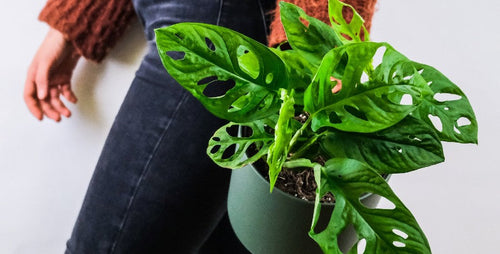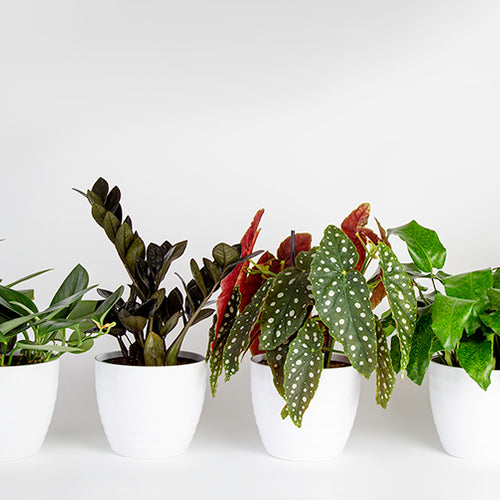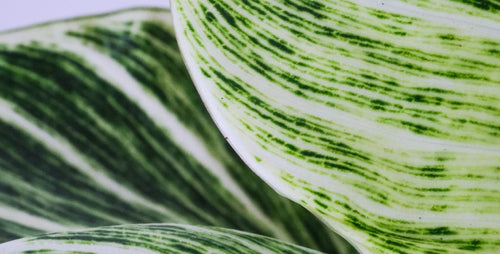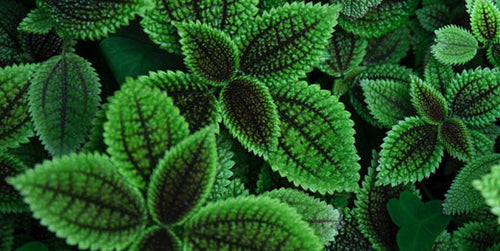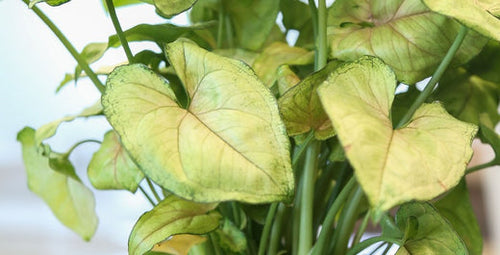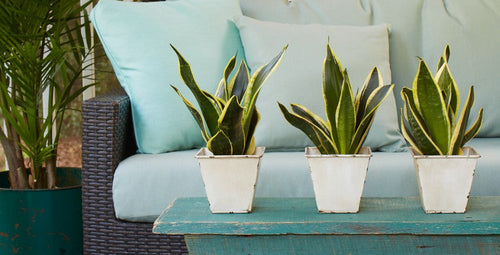
When is a philodendron not a philodendron—when it’s a pothos (which is the common name for the genus
Epipremnum).
Because these two easy-care vines are often mistaken for each other, we thought it was time
to set the record straight about their similarities and differences.
Vining forms of philodendron (which is also their genus name),
at left, have heart-shape leaves that form on slender, flexible stems.
Pothos, below, is occasionally called Devil’s Ivy
and has larger, waxy leaves, often with gold, white, or yellow markings. Common varieties include 'Marble Queen,'
'Neon,' and 'Pearls and Jade.' Discover the diversity of leaves and
colors in pothos.
Of course, in the plant world there always seems to be a species or two that defies description. Take Silver or Satin pothos, for example. Although called pothos, these gorgeous plants belong to a totally different genus Scindapsus. They sport heart-shape foliage with silver markings that, at first glance, does make them look a lot like philodendron.
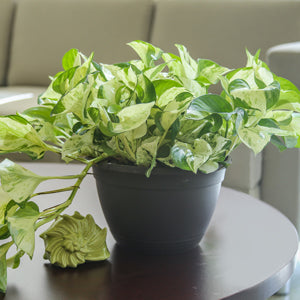
In addition to their outward appearance, philodendrons and pothos have similar needs. Both species prefer bright, indirect light, but can tolerate darker conditions. Water them when the soil surface feels dry to the touch and trim the plants back if they start to get too leggy. This will promote new leaves and more compact growth.
Neither plant needs much to eat. Feed them once or twice a year with a little houseplant fertilizer and they’ll be perfectly happy. You can also train philodendron and pothos to grow up a bark-covered support or use them in hanging baskets, allowing their long vines to drape over the side creating a curtain of color.
Philodendrons and pothos also act as living air-purifiers, quietly removing household toxins such as benzene, formaldehyde, and trichloroethylene from your home’s atmosphere. According to studies by NASA the most efficient way to clean the air is by adding one plant per 100 square feet of home or office space.
When you think about it, the differences between pothos and philodendron probably don’t matter a whole lot, but it’s still fun to know which is which when you are shopping at the garden center. Or, when there’s a lull in conversation at your next dinner party!
Written by Doug Jimerson





